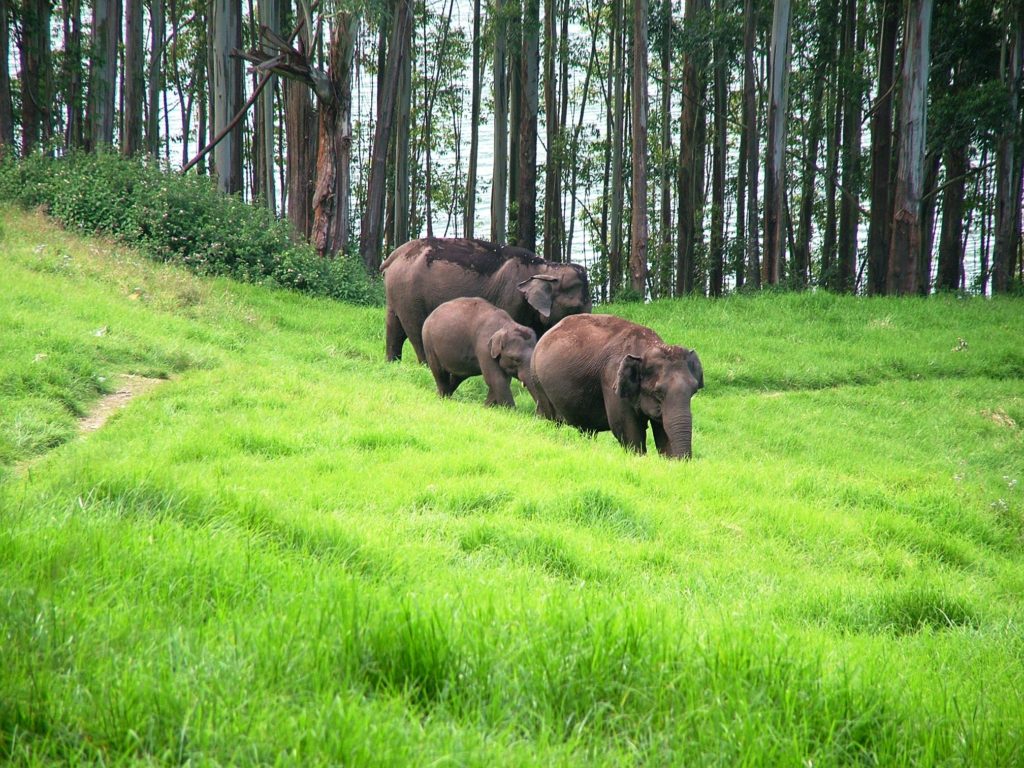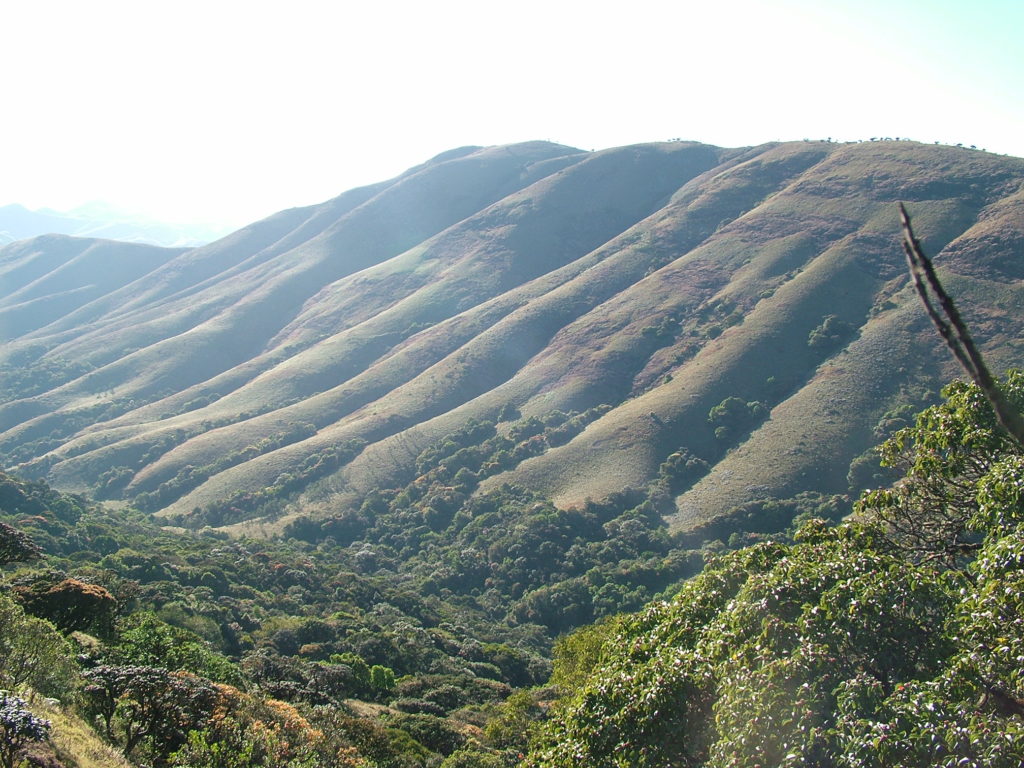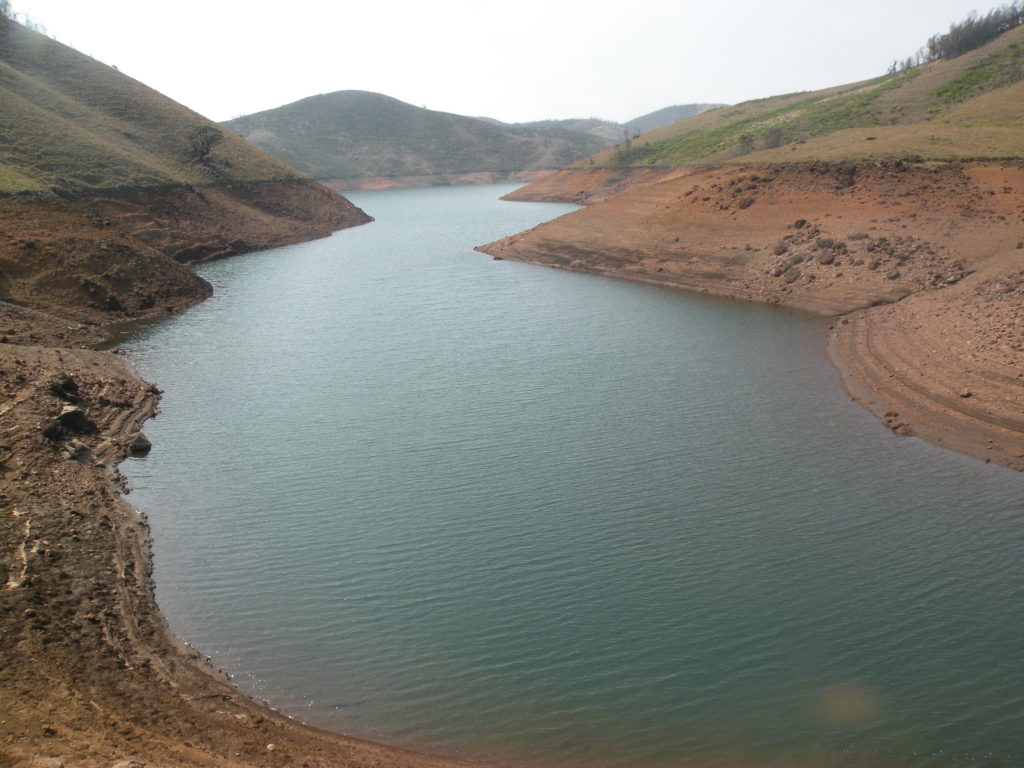The Nilgiri Biosphere Reserve
Western Ghats The Western Ghats is a biodiversity hotspot in India and considered on of the eight ‘hottest hot spots’ in the world. It comprises six different states (Goa, Gujarat, Maharashtra, Kerala, Karnataka, and Tamil Nadu), within which includes 52 districts and stretches over 1500km with a break only for 30 km at the Palghat Gap. What makes this natural stretch considered a biodiversity hotspot (of which there are 25 in the world) is the fact it has a unique and rich assemblage of flora and fauna. For instance, there are hundreds of endemic species in the Western Ghats, meaning these species are found nowhere else in the world, not even the other parts of India. The Western Ghats also plays a crucial role in the both the biophysical and ecological processes within the entirety of the peninsular part of India. When the monsoons start rolling in the Western Ghats act as a barrier and intercept the rain-laden storms, thereby mediating the tropical climate. With regards to plants, the Western Ghats have been described by Hooker in 1904 as the ‘Malabar’ floristic region. This is partly due to the fact that the Western Ghats has a wide variety of ecosystems: dry deciduous forest,…
Read more…
Forests There are numerous kinds of ecosystems in Nilgiri Biosphere Reserve. Forested environments are such a kind of ecosystem, like the Shola Forest found in the Nilgiris district. There are several qualities to a forest, such as but not limited to – supporting and supplying water to a local area (a common feature of the Shola), having available NTFPs (non-timber forest products) to those who rely on the forests for their livelihoods, being a food and shelter source for wildlife, supporting diversity, sustaining oxygen supply, etc. More specifically on the Shola Forests – it is an ecosystem under the category of Tropical Montane Forest (TMF). In other words, it is a type of forested ecosystem that receives an abundant and persistent amount of cloud cover, a unique characteristic of these forests that enables them to soak up moisture from the condensation found on vegetation from condensation of cloud-born moisture. Many rivers in the Western Ghats originate from the Shola- Grassland Mosaic, hence these forests play a critical role in hydrology surrounding environments. In addition, the Shola Forests are habitats for a wide variety of wildlife, both plant and fauna, including species such as the Nilgiri marten and Nilgiri langur…
Read more…
Forests There are numerous kinds of ecosystems in Nilgiri Biosphere Reserve. Forested environments are such a kind of ecosystem, like the Shola Forest found in the Nilgiris district. There are several qualities to a forest, such as but not limited to – supporting and supplying water to a local area (a common feature of the Shola), having available NTFPs (non-timber forest products) to those who rely on the forests for their livelihoods, being a food and shelter source for wildlife, supporting diversity, sustaining oxygen supply, etc. More specifically on the Shola Forests – it is an ecosystem under the category of Tropical Montane Forest (TMF). In other words, it is a type of forested ecosystem that receives an abundant and persistent amount of cloud cover, a unique characteristic of these forests that enables them to soak up moisture from the condensation found on vegetation from condensation of cloud-born moisture. Many rivers in the Western Ghats originate from the Shola- Grassland Mosaic, hence these forests play a critical role in hydrology surrounding environments. In addition, the Shola Forests are habitats for a wide variety of wildlife, both plant and fauna, including species such as the Nilgiri marten and Nilgiri langur…
Read more…
Water Quality and Sources of the Nilgiris The Blue Mountains are significant for their water sources found throughout the hills. They are not only a crucial drinking source for the local people and wildlife but also serve as major sources of river basins for Tamil Nadu, Karnataka, and Kerala. More specifically, the Nilgiris district has four basins, being – The Moyar Basin, which supplies 24 with water and this water is a major supplies to irrigation and drinking water for Tamil Nadu. The Bhavani Basin, which supplies 26 rivers with water and flows all the way to the plains of Tamil Nadu. The Kabani Basin has 5 major rivers that eventually drain into Karnataka and finally the Chaliyar Basin has 8 major rivers that flow into Kerala. The first two basins will eventually feed into the Cauvery River Basin. Needless, there are many people and ecosystems that depend on these waters for survival, agricultural economies and plantations, wildlife sustainability, and more. For example, there are vast tea estates in the Nilgiris that rely on an abundance of water while at the same time there are a multitude of indigenous communities that roam these hills and need the waters to…
Read more…
The good, the bad, and the ugly With our constantly growing world there is also an ever growing demand for food and resources. Ultimately the increase of human population consequentially means there is a growth in agriculture, and with land needed for agriculture there is a continuous felling of more forests to make land accessible. This is also the case in the Nilgiris, especially in regards to the tea plantations. Tea plants were not a naturally growing plant in these Blue Hills but rather began to be cultivated in the 19th century during time of colonial rule and took off as a cash crop in this area by the late 19th century. For further information please refer to this site (https://www.teabox.com/blog/history-of-the-nilgiri-tea) that gives a detailed history of the tea in the Nilgiris, starting with Coonoor. Tea is one of the most abundantly and economically savvy crops in the Nilgiris, however it came at a heavy price that is being noticed more and more today. The natural Shola forests and grasslands have been reduced for more than a century. This has severely reduced the habitats for the natural wildlife, including for the honeybees. Not only are these bees losing the substrates…
Read more…
The good, the bad, and the ugly With our constantly growing world there is also an ever growing demand for food and resources. Ultimately the increase of human population consequentially means there is a growth in agriculture, and with land needed for agriculture there is a continuous felling of more forests to make land accessible. This is also the case in the Nilgiris, especially in regards to the tea plantations. Tea plants were not a naturally growing plant in these Blue Hills but rather began to be cultivated in the 19th century during time of colonial rule and took off as a cash crop in this area by the late 19th century. For further information please refer to this site (https://www.teabox.com/blog/history-of-the-nilgiri-tea) that gives a detailed history of the tea in the Nilgiris, starting with Coonoor. Tea is one of the most abundantly and economically savvy crops in the Nilgiris, however it came at a heavy price that is being noticed more and more today. The natural Shola forests and grasslands have been reduced for more than a century. This has severely reduced the habitats for the natural wildlife, including for the honeybees. Not only are these bees losing the substrates…
Read more…



